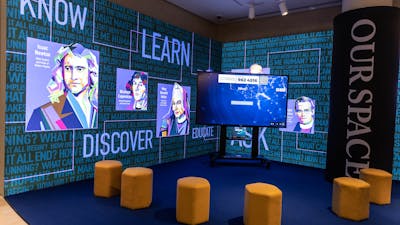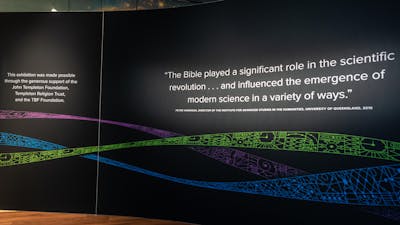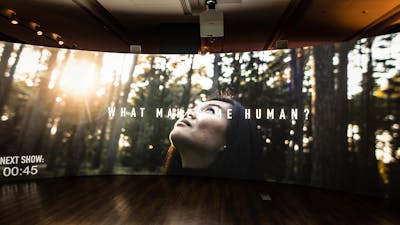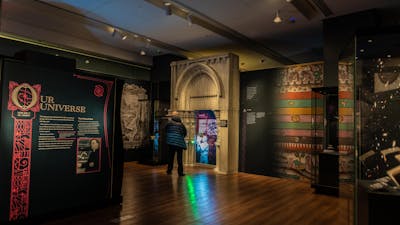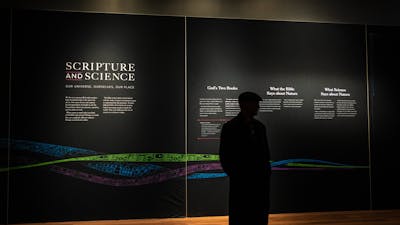The Online Exhibit Is Here!
Discover how the Bible has nurtured scientific thought.
Explore the impact of the Bible beyond the stratosphere and through time in this compelling exhibition, "Scripture and Science: Our Universe, Ourselves, Our Place."
See how biblical beliefs have shaped some of the greatest scientific figures as they made groundbreaking discoveries. With a remarkable collection of artifacts from trailblazers in history, this exhibit features famous figures such as Isaac Newton, Nicolaus Copernicus, Galileo Galilei, Dorothy Vaughan, and more.
This exhibition guides you through a thought-provoking experience with six essential questions: How did it all begin? What keeps the universe running? How did life begin? What makes me human? What can we accomplish? How will it all end?
Ultimately, this exhibition challenges the idea that you must choose scripture or science. We invite all curious minds to come and see how scripture and science have shaped our world.
Exhibition Details:
Open: January 20, 2023 – January 15, 2024
Location: Floor B1
Cost: Included with general admission
Rotation Update
New artifacts have been installed. Some of the highlights include Copernicus's "Little Commentary," in which he provides an early outline of his theory of heliocentrism, a letter with Galileo's handwritten observations of the lunar surface, and a meteorite from the Vatican Observatory. Make sure you don't miss these while they're on display.
